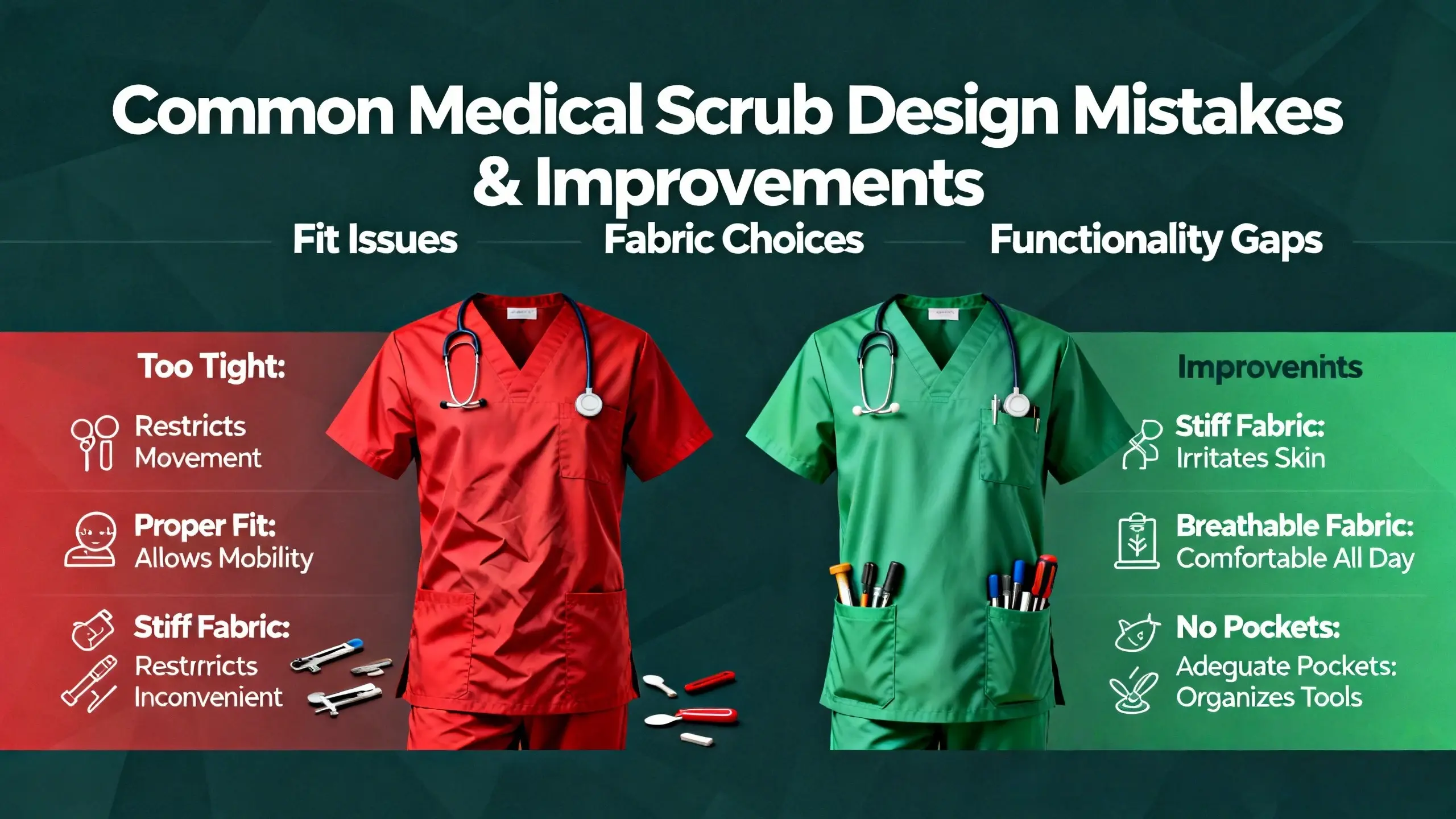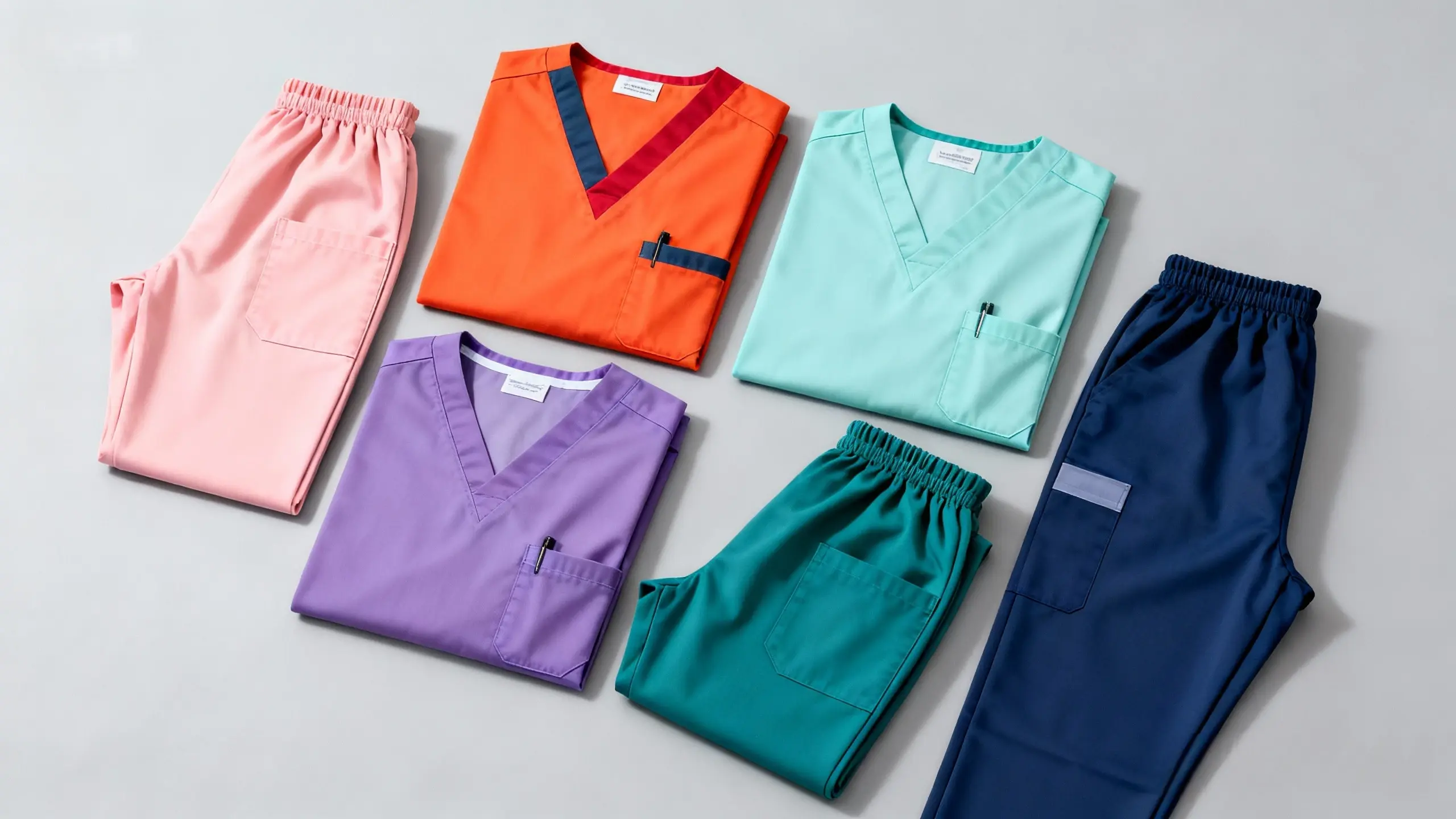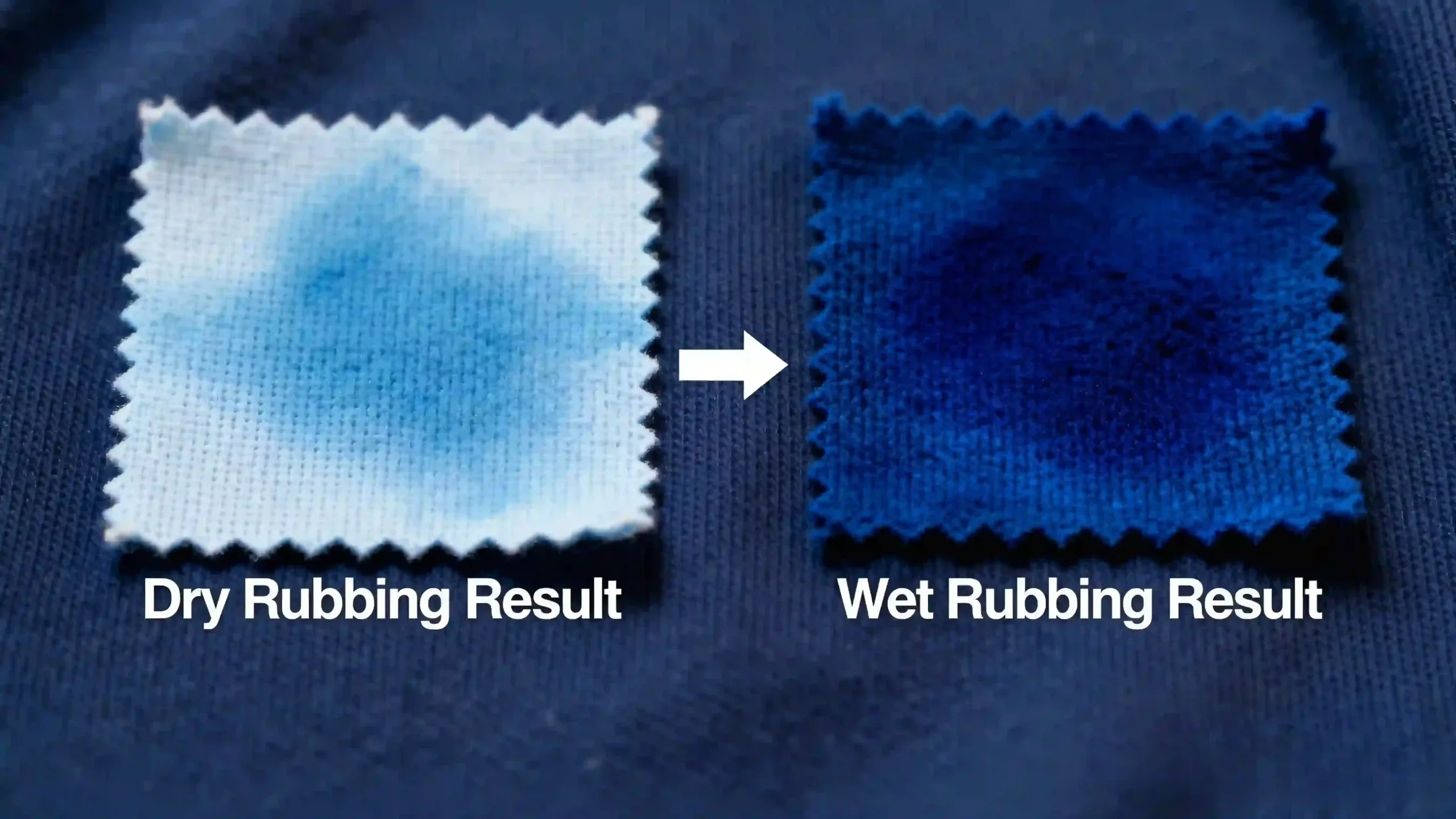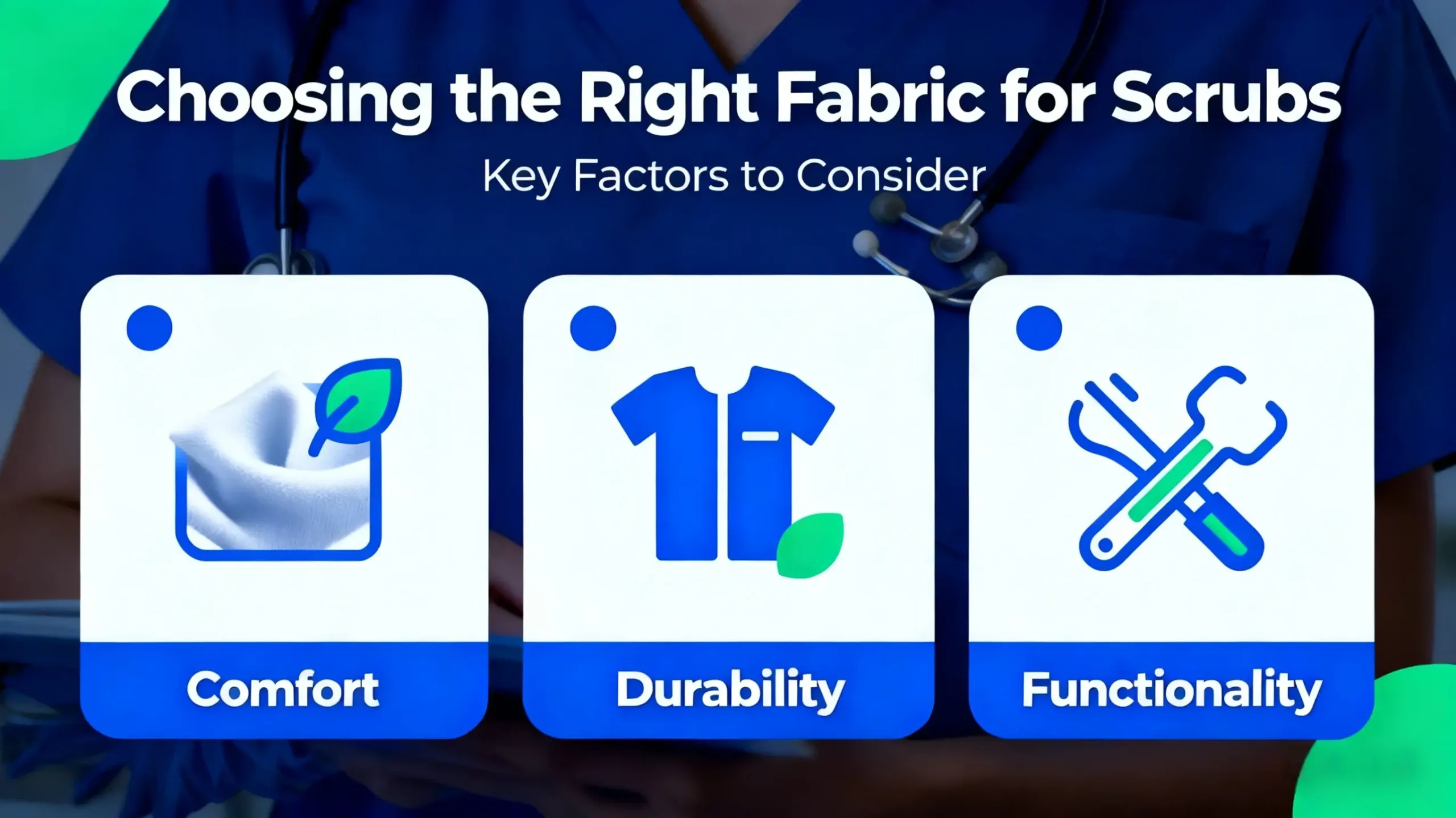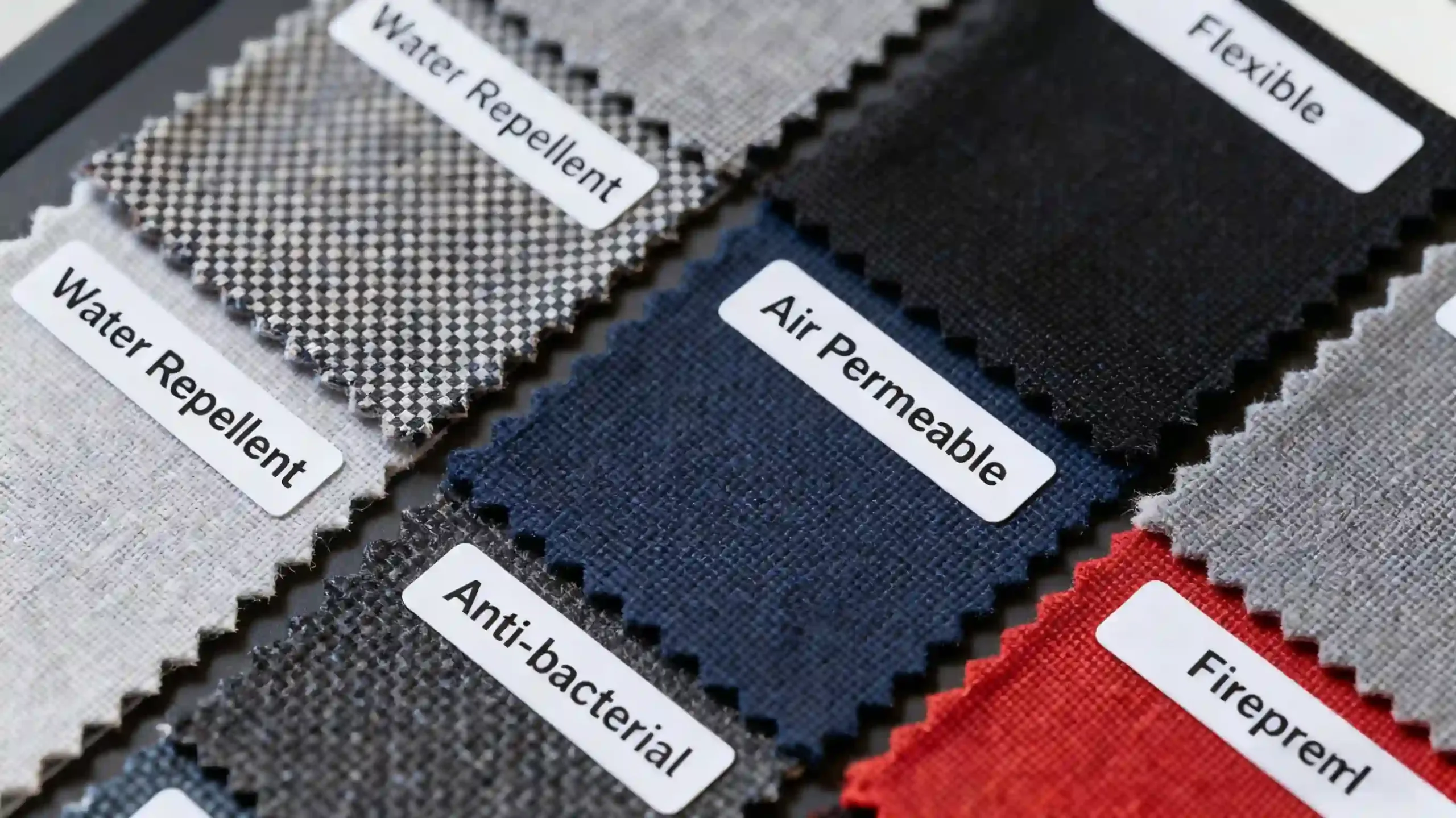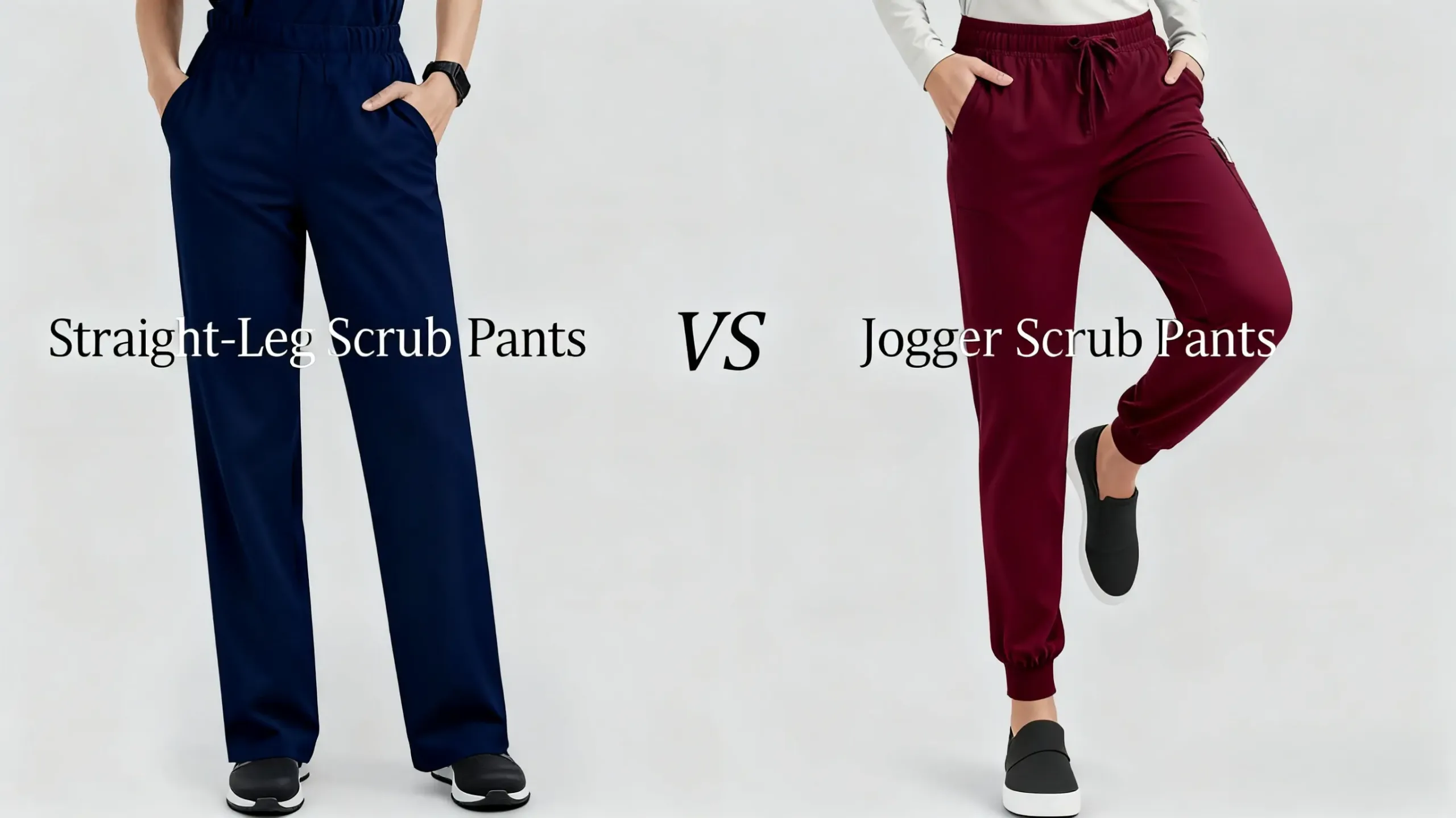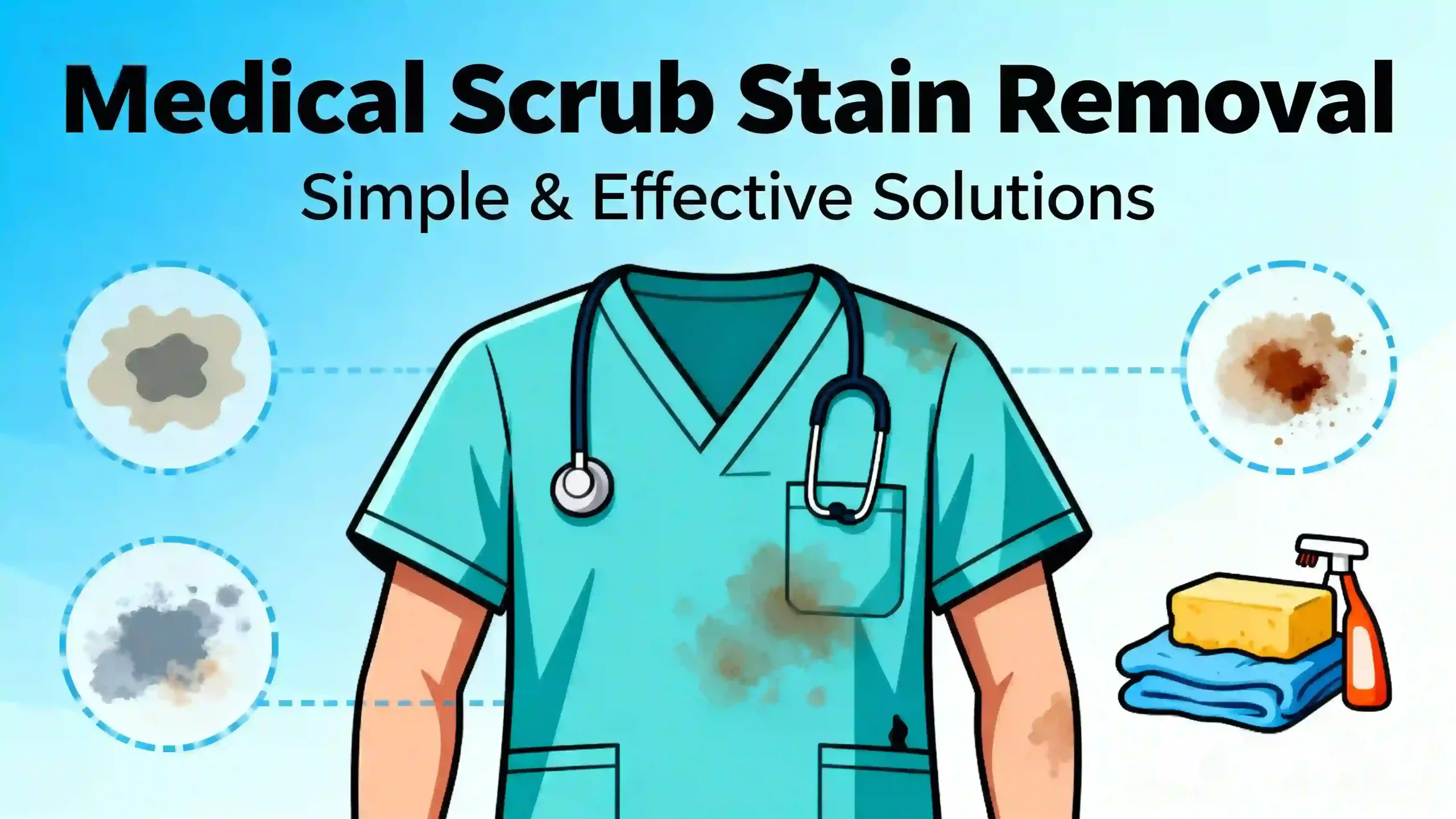Cotton vs Polyester Medical Scrubs: Fabric Guide 2025
Cotton vs Polyester Medical Scrubs: Fabric Guide 2025
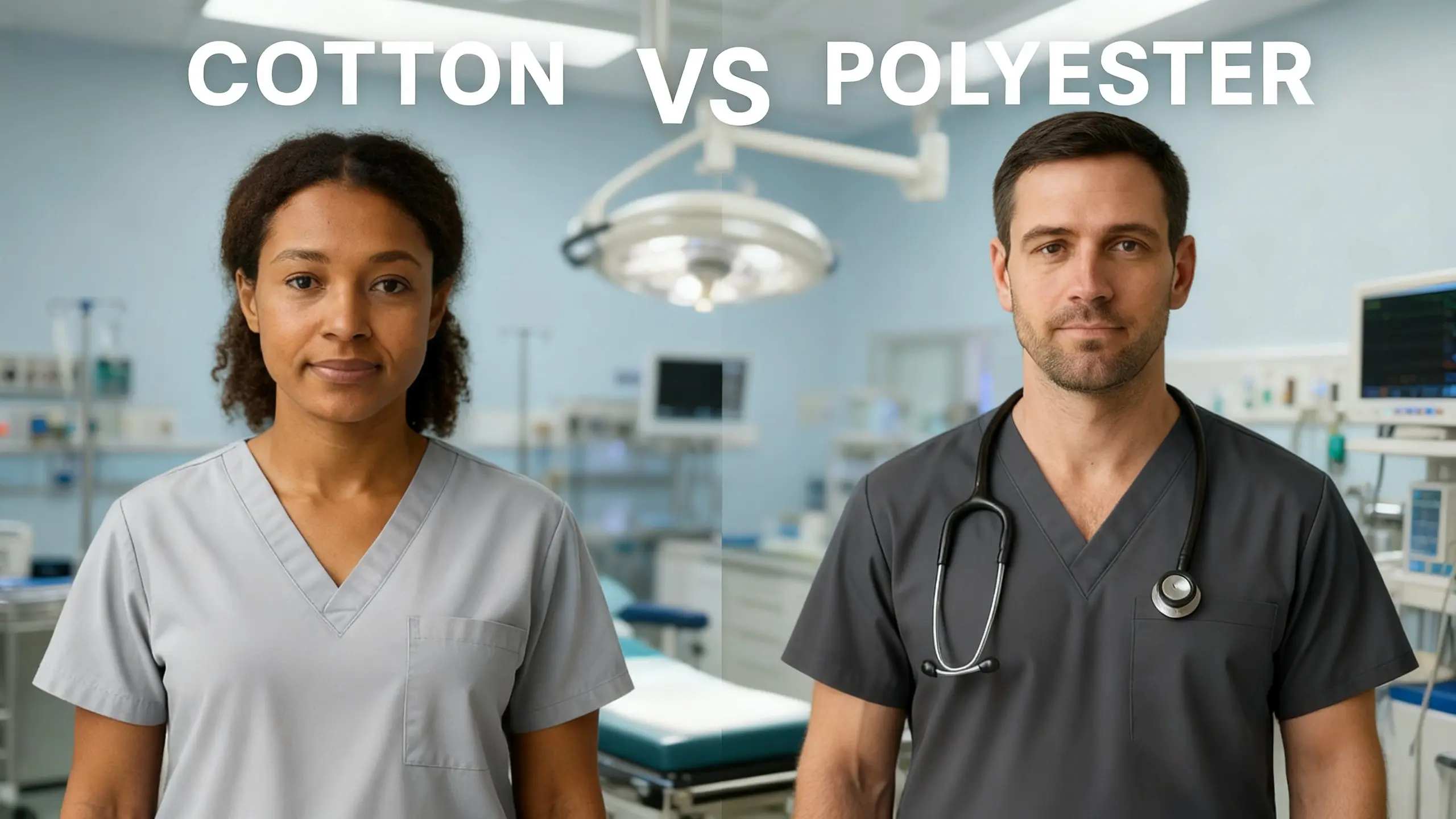
Choosing the right medical uniform fabric can make a big difference in your comfort and performance. This cotton vs polyester scrubs guide explains how each material works, helping you pick the perfect fabric for your daily shifts. Among all choices, the debate often comes down to cotton vs polyester scrubs — and now, a few new players are joining the game. This post breaks down each material type, showing you how modern medical fabric comparison has evolved in 2025.
Cotton Scrubs — Classic Comfort and Breathability
Cotton scrubs have always been the gold standard for comfort. They’re soft, breathable, and ideal for long shifts in warm or indoor environments. Cotton’s natural fibers allow air to flow freely, keeping your skin cool.
Pros:
-
Gentle on sensitive skin
-
Excellent moisture absorption
-
Vibrant dye results
Cons:
-
Wrinkles easily
-
Shrinks over time
-
Slower drying process
Best for: nurses, clinic staff, and anyone working in hot or humid climates who values comfort above all.

Polyester Scrubs — Strength, Durability, and Color Retention
Polyester scrubs dominate today’s professional healthcare settings. They’re tough, wrinkle-free, and maintain color after hundreds of washes. Modern polyester fibers are engineered for comfort, with micro-perforations that improve breathability.
Pros:
-
Long-lasting and fade-resistant
-
Quick-drying after laundering
-
Holds shape and fit perfectly
Cons:
-
Less breathable than cotton
-
Can retain odor if not washed properly
Best for: busy hospitals or high-turnover facilities where uniforms must look new and crisp every day.
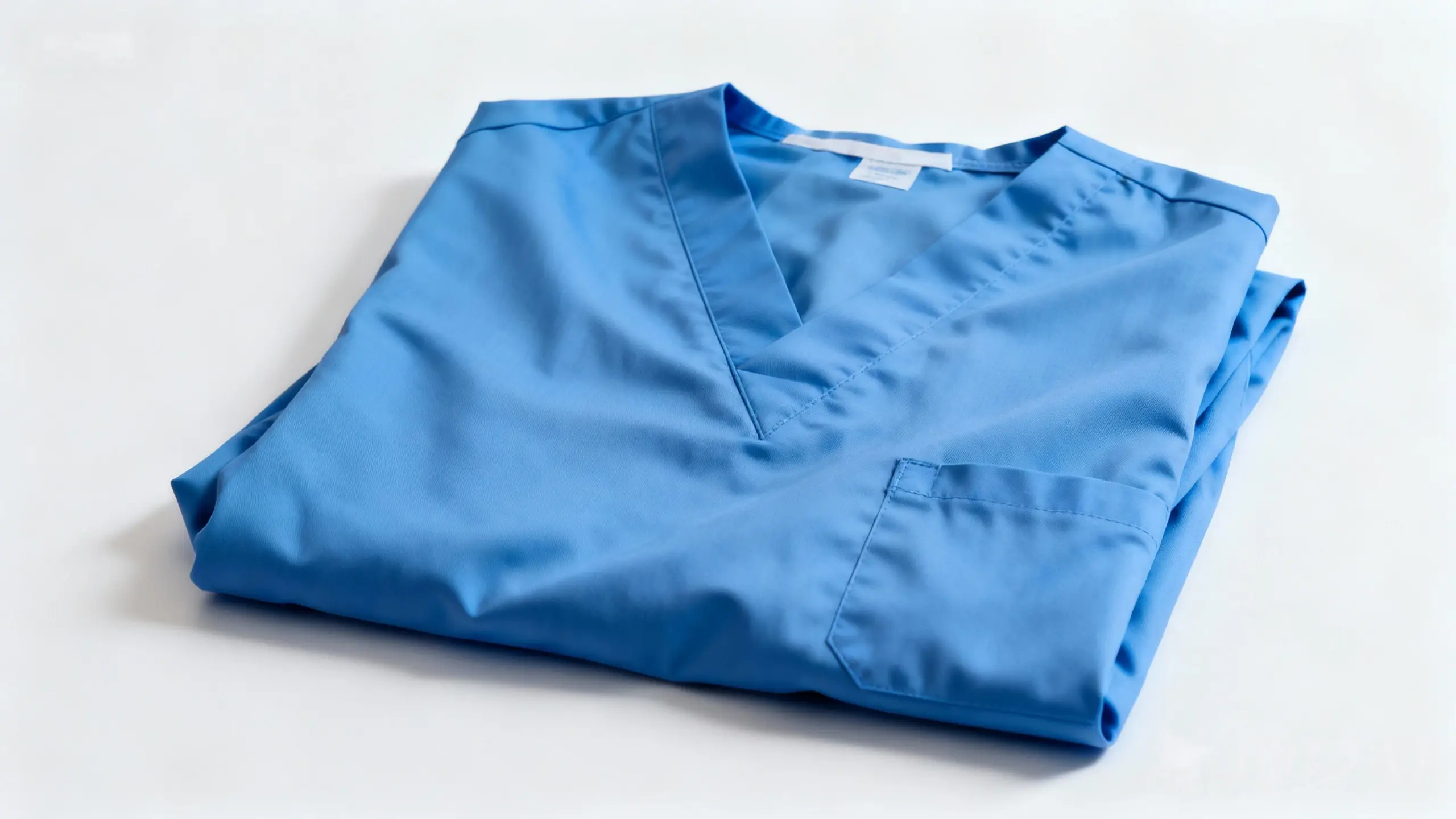
Blended and Functional Fabrics — The 2025 Standard
Modern medical uniforms rarely rely on pure cotton or polyester alone. Instead, most brands now use functional blends to deliver both comfort and performance.
Common blends include:
-
Cotton + Spandex: adds stretch and flexibility for better movement.
-
Polyester + Rayon: feels soft and silky while maintaining strength.
-
Recycled Polyester: part of the new wave of sustainable medical scrubs, made from post-consumer plastics.
According to ScienceDirect’s medical textiles overview, technical fabrics with moisture-wicking and antimicrobial coatings are becoming standard in hospitals worldwide.
Best for: healthcare professionals who need a balance of comfort, flexibility, and hygiene.
Cotton vs Polyester Scrubs: Real-World Comparison
This table helps you quickly match fabric type with your working conditions — a crucial step for uniforms that look good and last.
| Feature | Cotton | Polyester | Blended Fabrics |
|---|---|---|---|
| Breathability | ✅ Excellent | ⚪ Moderate | ✅ Balanced |
| Durability | ⚪ Moderate | ✅ High | ✅ High |
| Wrinkle Resistance | ⚪ Low | ✅ Excellent | ✅ Excellent |
| Eco-Friendliness | ✅ Natural | ⚪ Low | ✅ (Recycled options) |
| Best For | Hot climates, clinics | Large hospitals, frequent laundering | All-day comfort & flexibility |
Sustainability in Medical Scrubs
The conversation around medical fabric comparison is no longer just about comfort — it’s about responsibility.
Hospitals and suppliers are turning to eco-friendly materials that reduce environmental impact.
-
Recycled Polyester: uses fewer resources and emits less CO₂ than virgin fibers.
-
OEKO-TEX® Certified Fabrics: ensure uniforms are free from harmful chemicals.
-
Energy-efficient Dyeing: lowers water and power usage during production.
According to Allied Market Research, the global medical scrubs market exceeded US $48 billion in 2023 and continues to grow as sustainability becomes a key buying factor.
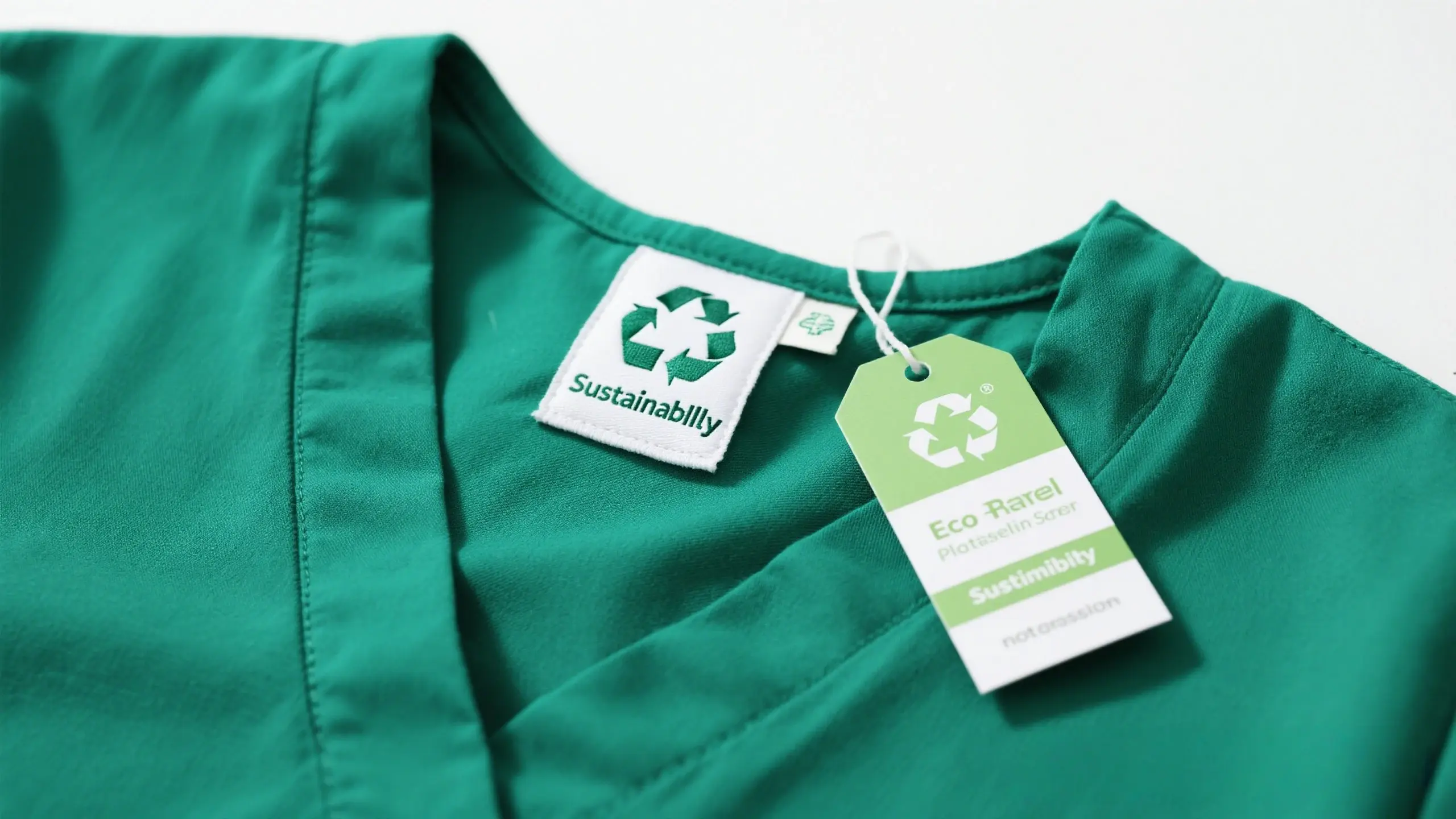
Expert Insight: Comfort Meets Innovation
Healthcare professionals today expect more from their uniforms.
Recent studies from PubMed reveal that antimicrobial and stretch fabrics can improve hygiene and mobility while reducing fatigue during long shifts.
That’s why many hospitals now invest in blended or performance scrubs — a clear shift toward both science and comfort.
Care Tips for Every Fabric Type
-
Cotton: wash in warm water, tumble dry low. Iron for a crisp finish.
-
Polyester: use mild detergent and air dry to prevent odor buildup.
-
Blends: avoid bleach; fabric softeners may reduce stretch recovery.
Proper maintenance not only extends the life of your scrubs but also keeps colors bright and fabric performance high.
Final Thoughts
When comparing cotton vs polyester scrubs, there’s no single “best” fabric — it depends on your climate, job role, and lifestyle.
-
Choose cotton for softness and airflow.
-
Choose polyester for endurance and low maintenance.
-
Choose blends if you want the best of both worlds.
The next generation of medical fabrics blends technology, sustainability, and design — making uniforms smarter, safer, and more comfortable than ever.
Contact Us Now>>>Contact Us
Learn more about us>>>LANO SCRUB MANUFACTURER


